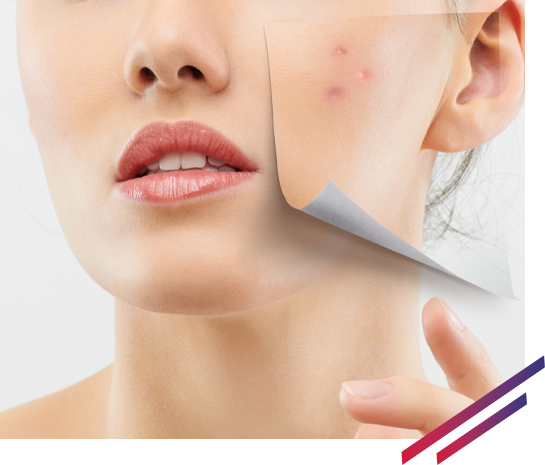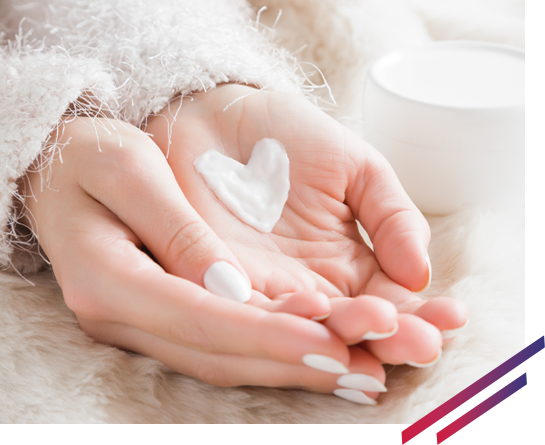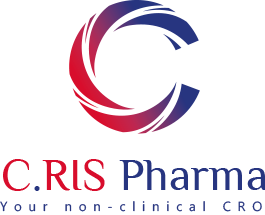COSMETIC INDUSTRY & EFFICACY MODELS
Our laboratories in Saint-Malo also develop customised models to meet your specific needs.
Anti-acne
Acne is a complex multifactorial pathology and at C.RIS Pharma, we have selected three relevant tests to assess the anti-acne properties of a cosmetic prior to clinical testing.
Increased sebum secretion is known to be a major pathogenic factor in the development of acne. Sebum secretion is regulated by hormones and the 5-alpha reductase activity is induced in the process. Therefore, we study the inhibitor effect of the test substance on 5-alpha reductase activity.
An excess of sebum leads to the accumulation of bacteria like Acinetobacter calcoaceticus and Cutibacterium acnes which induces an activation of an inflammatory response observed in acne pathology. The evidence of antibacterial activity against these bacteria is therefore examined.
We also study the antiproliferative activity of the product on human keratinocytes as we know that a dysfunction in the proliferation process of follicular keratinocytes increases acne development.


Antiaging
To evaluate the antiaging effects of an active cosmetic compound, our scientists study cell renewal (cell proliferation, migration, and differentiation), collagen and elastin secretion on human MRC-5 fibroblasts.
ORAC (Oxygen Radical Absorbance Capacity) test is also conducted as an assessment of the antioxidative properties of the compound compared to Trolox (used as a reference in several antioxidative tests).
This assay evaluates the ability of a compound to limit the oxidation of fluorescein, a fluorescent probe, caused by an oxidizing reagent resulting in a loss of fluorescent intensity over time.
Clear-up/Self-tanning
We offer in vitro evaluation of melanin synthesis on murine melanocytes to determine a clear-up or self-tanning effect of a new cosmetic on the skin. A colorimetric test is used to quantify the melanin production by the melanocytes with the tested compound.
Slimming effect
The slimming effect of a new active cosmetic product is studied on 3T3 L1 murine cells. These cells have the particularity of differentiating into adipocytes. After 4 days of incubation with the test substance, adipocytes are counted and compared to positive controls (known for their lipolysis and lipogenesis properties).
Healing and soothing
Cosmetics can be tested for their healing and soothing properties on skin biopsy. The effect is verified by observation, wound measurement, and histology.

